Ni no Kuni: Wrath of the White Witch
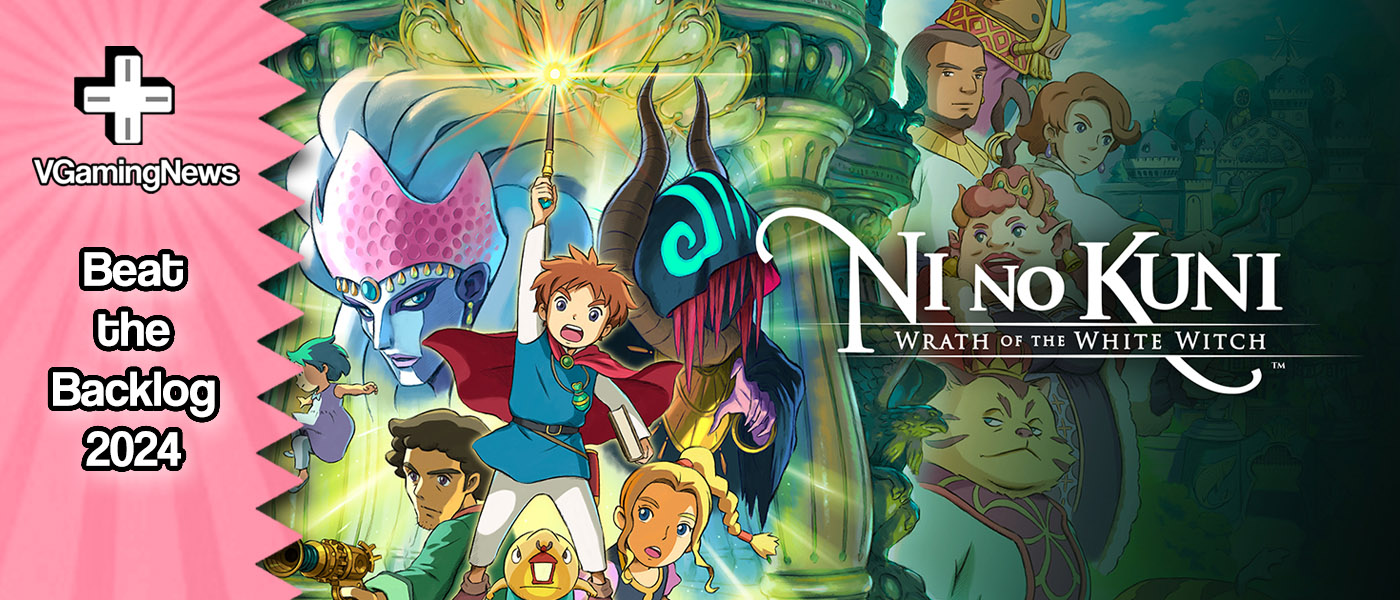
Drew has pledged to slowly but slowly churn his way through his sizeable stack of Nintendo Switch games for his ‘Beat the Backlog’ feature. Check out his main article to see what games he’s completed already!
It’s been a long while since I published a success story in my Beat the Backlog feature, and I’m sure you guys thought I had fallen off the wagon and bought a tonne of new games without playing anything I already had… And I’m happy to tell you that you’re WRONG! (Yeah, I’ll admit that I have bought one new game, but I have at least been playing my backlog!)
The real reason that I haven’t published anything in a while is that I’ve been getting my teeth into the pretty 2011 JPG, Ni no Kuni: Wrath of the White Witch, and like most RPGs, that’s something that takes more than a few hours to get done! I’d had my eyes on Wrath of the White Witch for years before finally picking it up on the Switch; I love Studio Ghibli movies, so anything with such wonderful styling was always going to grab my attention. That said, it managed to languish on my backlog for four years as my attention was drawn to shorter, snapper titles, rather than a JRPG which I knew would eat up 40+ hours of my time.
Wrath of the White Witch tells the story of a young boy named Oliver, who is drawn into a strange fantasy world after his mother tragically passes away in an accident. Battling with feelings of loneliness and loss, it’s your task to traverse between the ‘real’ and fantasy worlds, collecting emotions like Love, Restraint, and Confidence from people overspilling with them, and sharing them with folks whose hearts have been broken by the Dark Djinn, Shadar. The story doesn’t offer much in the way of originality, sticking to the tried and true RPG formula of ‘chosen hero from another world’ mixed with Studio Ghibli’s staple themes of youth, loss, and perseverance through friendship, but it’s a tale that older kids will enjoy, for sure.
At A Glance
| Date of Original Release: | 17/11/2011 |
| Date Added to Backlog | 28/10/2020 |
| Price Paid | £4.75 |
| Positives | + Beautiful environments + Some tremendous voice work + A wealth of lore that’s very well presented |
| Negatives | – Combat is very clunky – Muddy mishmash of most (all) JRPG mechanics – Some odd control choices |
| Recommendation | 7 /10 |
| Played On | Nintendo Switch |
| Also Available On | PS4, Xbox Series X|S, Xbox One |
| Find out about our scoring policy here. | |
Want to see the whole of Drew’s Switch backlog? Check it out here and suggest something to play over on our socials!
Visually, there is a whole lot to like, as you would expect from any project with anime powerhouse, Studio Ghibli, on the roster. I liked that the character designs are bold and distinctive, and you never have to worry about mixing up NPCs as you might in more run-of-the-mill RPGs. But while I’m usually a big fan of cel-shading, and I understand wanting to align the game’s visual style with Studio Ghibli’s traditional anime look, I thought that this often over-simplified the character models themselves, leaving them lacking in detail, especially when it came to facial expressions.
One area not lacking in detail though, is the environments, which are glorious throughout. Wrath of the White Witch boasts a verdant and varied world map that you gain access to early on, and it’s great fun exploring the rolling hills, expansive deserts, and scattered island formations in search of hidden places, loot and side-quests. The townships are really where the game shines though, with the best examples being the European-inspired castle town of Ding Dong Dell, which feels vibrant, busy and alive, and the forest fairy village of Teeheeti that comes across as cosy, welcoming and great fun.
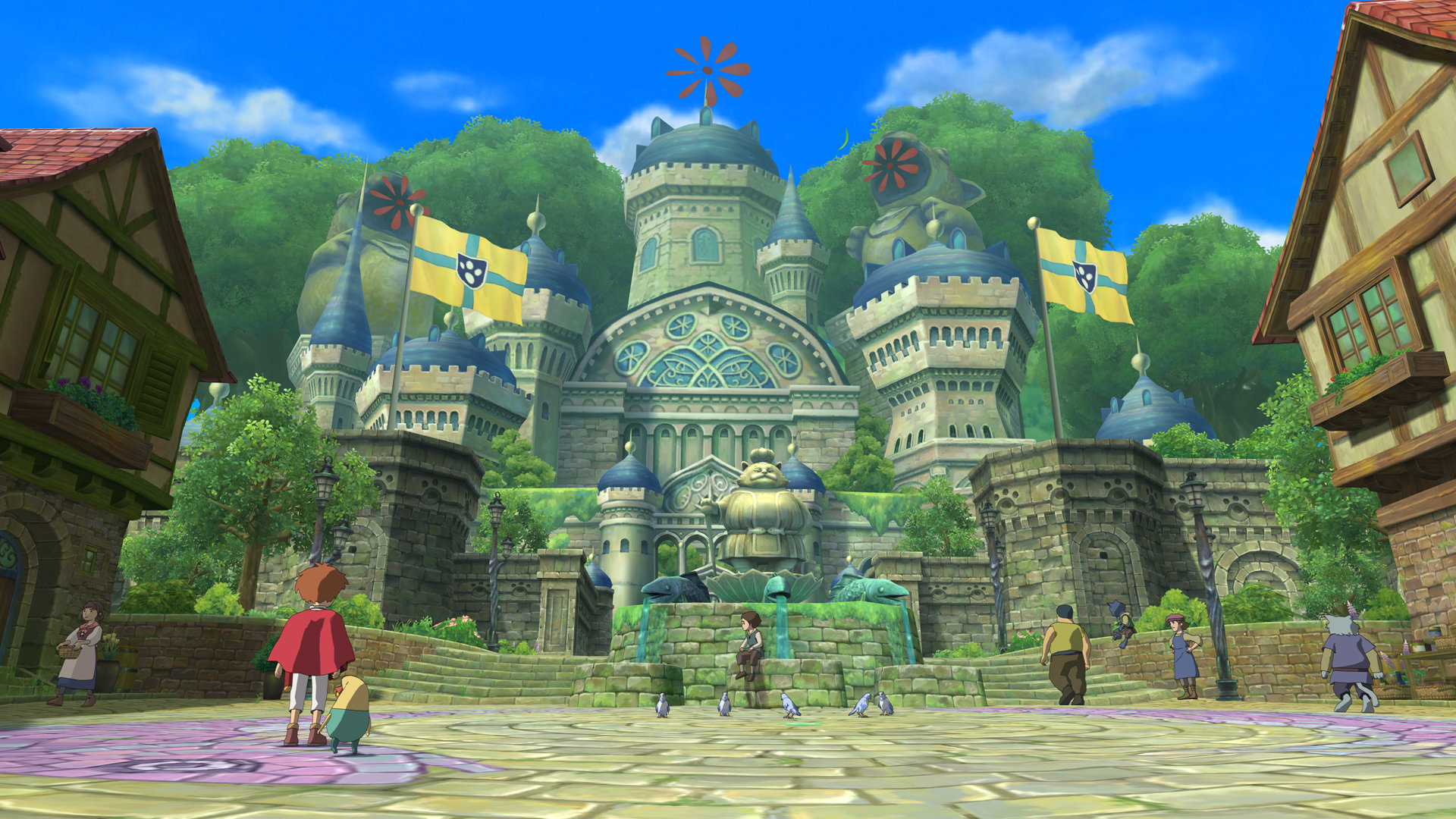
The gameplay mechanics are a big blend of systems from other JRPGs, culminating in a combat system that feels very familiar, whilst being entirely its own, rather cumbersome, beast. There are a few things that bog the combat down, not least of all the controls, which bewilderingly require you to use a combination of the control stick, D-pad, and shoulder buttons to select various elements of the menu, for no real reason whatsoever. Another big gripe is that your potential actions are laid out in a wheel that you have to scroll through, and you’ll find yourself having to cycle your way through the whole list to get to the one you want. This is particularly annoying in the boss battles, where you’re vulnerable to party-wide mega attacks, and sometimes can’t cycle to the ‘Defend’ action fast enough to keep your team alive.
The activation times for a lot of actions are annoyingly long too, and unlike many RPGs, you can’t do anything at all while you wait for an action animation to complete. I especially hated this when it came to using revival items, all of which have tremendously long activations, leaving you vulnerable to getting absolutely smashed while you wait to be allowed to heal your freshly resurrected party. It’s an incredibly annoying wrinkle, especially against the final few bosses, which have to be killed in quick succession, with no save points in between.
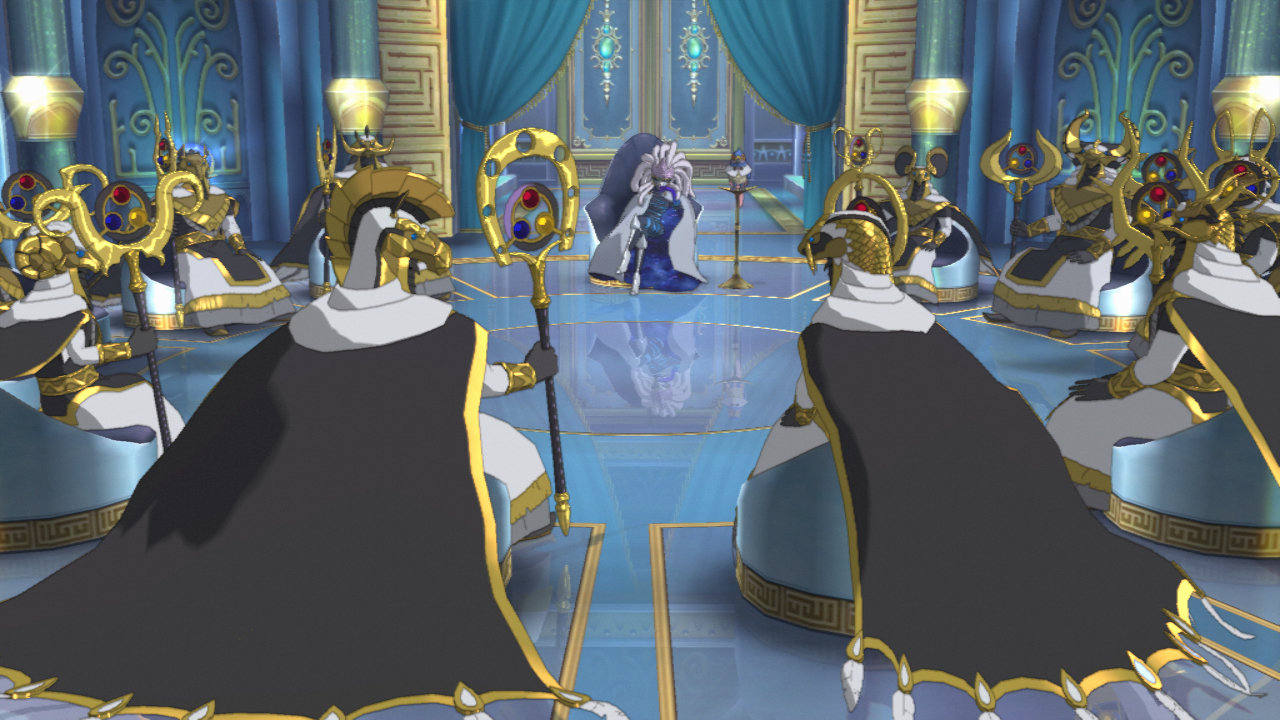
Once in battle, you run around a little arena in real-time, fighting as either one of the three party members, or one of those character’s three companion creatures known as Familiars. These little beasties work a little like Pokemon, in that you catch them from random battles, level them up, metamorphose them into various forms, and use their skills to battle monsters throughout the game. (Sadly though, for all the inventiveness in the Studio Ghibli team, I found myself pretty underwhelmed by the Familiar designs, which all felt like knock-off battle beasties from Temu.)
What makes the Familiars something of a pain is that each one requires different equipment, and the combinations of gear that monsters can use is vast. You’ll collect four or five different types of armour, maybe ten different weapon types, and four different accessory types, all of which can only be used by selected monsters and party members. When you factor in that the three party members can each have three Familiars, as well as a collective pool of three in reserve, that’s a total of 15 characters to equip/requip every time you want to buy new gear or need to change your party. Frankly, it’s a whole lot of faffing around. Carting around all these Familiars with their own strengths and weaknesses, you’d think that managing combat should be pretty easy since you have loads of options at your fingertips, right? Unfortunately, it’s significantly hampered by the fact that not only do Familiars have stamina bars limiting their usage, but the owning party member actually shares HP and MP totals with their Familiars, meaning you’re forever summoning and un-summoning your critters just to keep yourself alive.
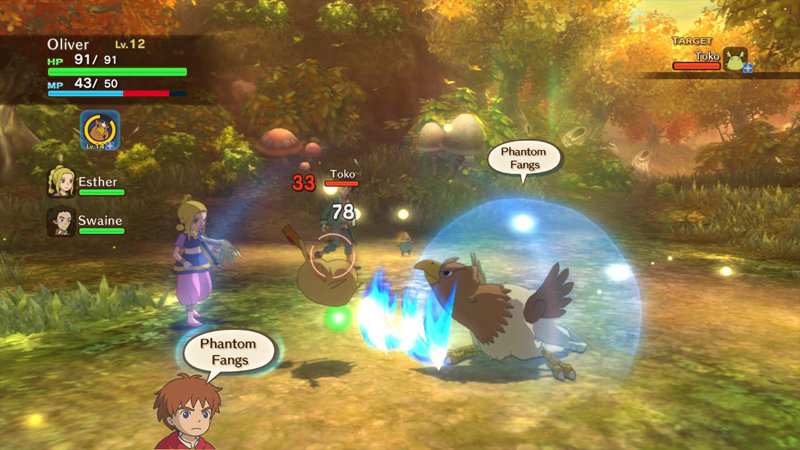
For all of my complaining about the combat, I did play Ni no Kuni: Wrath of the White Witch for about 40 hours, which I’d probably put down to the likeable characters and quick and easy side-quests, of which there are many. Healing the hearts of the various townsfolk offers a long list of simple fetch quests to complete, as well as a host of bounty hunts where you have to kill enemies at higher levels than you’re used to. Like the mechanics, there’s nothing especially original here, but since the missions are plentiful and only take a few minutes each to complete, you’ll find time tumbling away as you tick job after job off your ‘To Do’ list.
One area that developers, Level-5, should be given an incredible amount of credit for is the delivery of the game’s impressive lore, which is both novel and effective. Early in the game, Oliver comes into possession of a Wizard’s Companion, a tome used by magicians to help keep track of all their arcane learnings, though many of its pages have been lost. You come to collect the missing pages as you progress through the game; Oliver will learn new spells and alchemy formulas, as well as information about various monsters, places, and parables that explain the history of the world. There are a tonne of Easter eggs and secrets scattered throughout the book too, making it a joy to scroll through from start to finish. Much of this content is entirely for world building purposes, giving players the option to dive into the lore of the game only if they want to, and never asking gameplay-focussed players to endure it unnecessarily. The visual design of the book is gorgeous, and I’m honestly a little grumpy at how much the hard-copy versions go for online, as I’d love one to display in my games room!
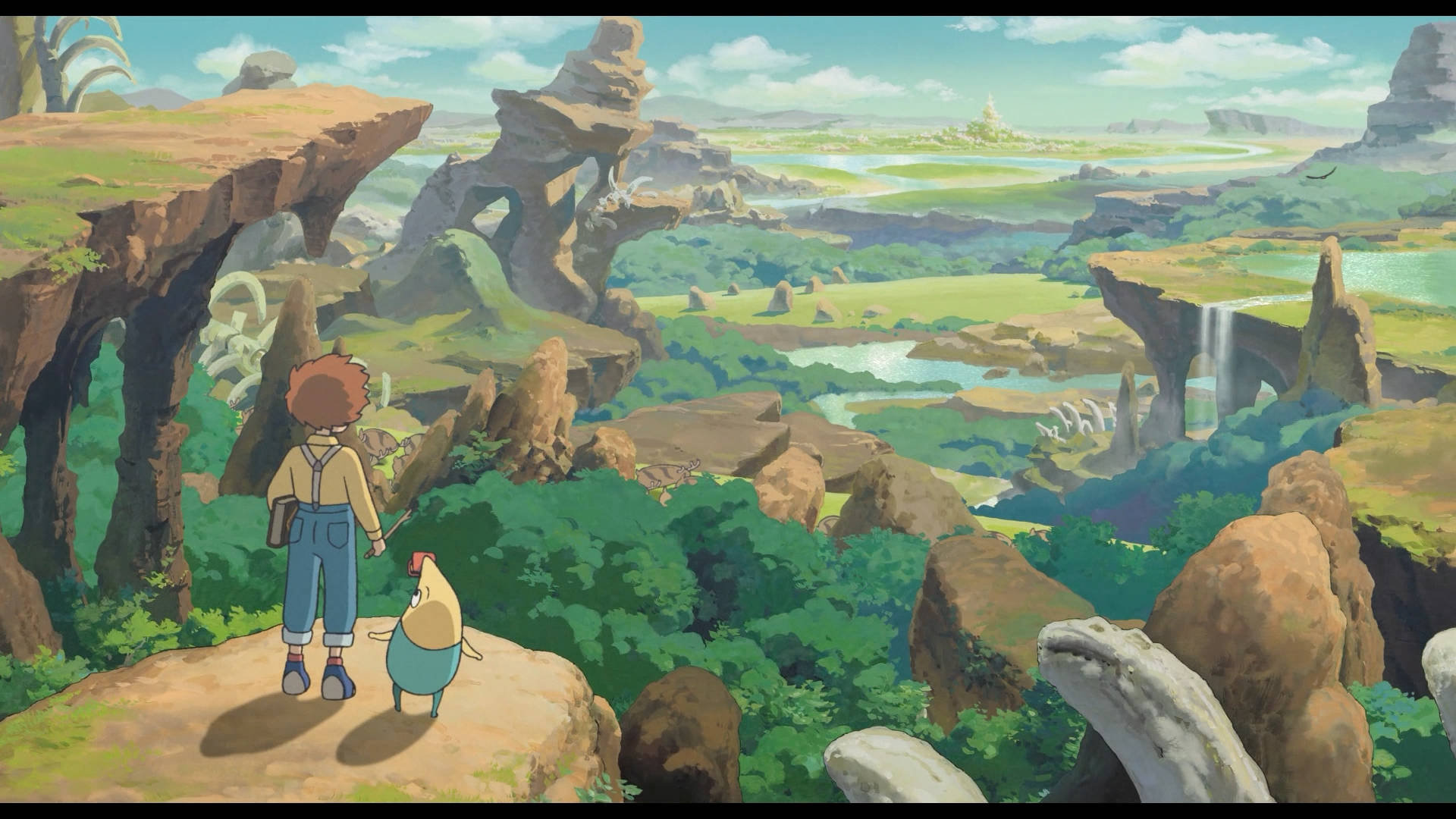
Also deserving of praise are the musical score, which was composed by Studio Ghibli veteran, Joe Hiaishi, and beautifully performed by the Tokyo Philharmonic Orchestra, and the voice acting, which was excellently executed. I have confidently found my favourite voice performance of all time in Steffan Rhodri’s delivery of Mr Drippy, Lord High Lord of the Fairies and Oliver’s ward and guardian. Mr Drippy’s dialogue is wonderfully written, overflowing with Welsh and northern English colloquialisms that especially hit home with me as a lifelong resident of the area. Rhodri’s performance is absolutely tremendous and had me laughing out loud throughout.
Ni no Kuni: Wrath of the White Witch is a lovely RPG that excels at drawing you into a well designed world with pretty visuals and some really well written lore. The gameplay is something of a hodgepodge affair, mashing together chunks from every other JRPG into its own clunky system that’s just unique enough to keep you engaged throughout. Ultimately, the fun story, well-voiced characters and Studio Ghibli visuals weren’t quite enough to overcome the repetitive and oft-frustrating combat for me, though there’s plenty here to recommend for established JRPG fans.
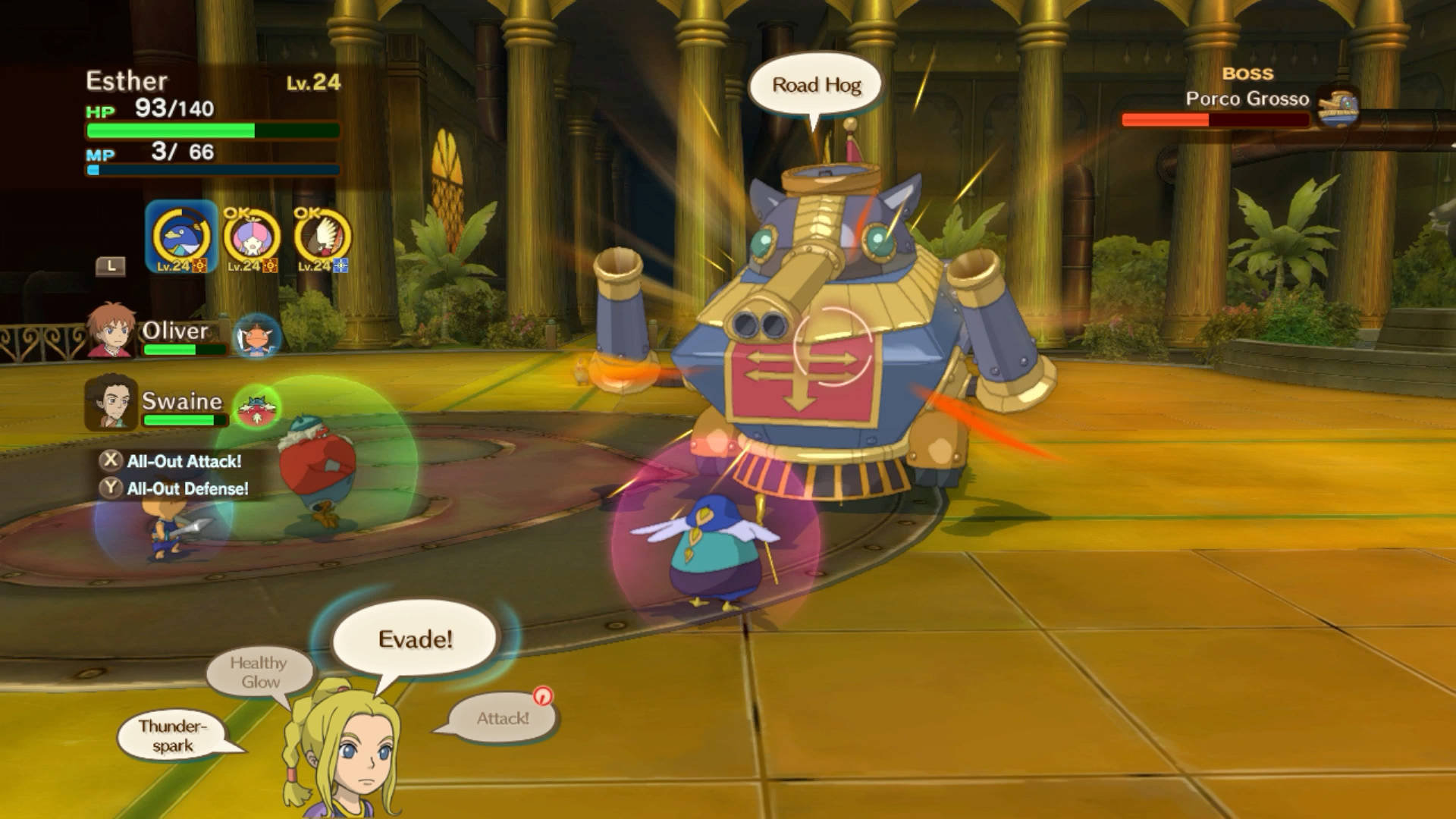
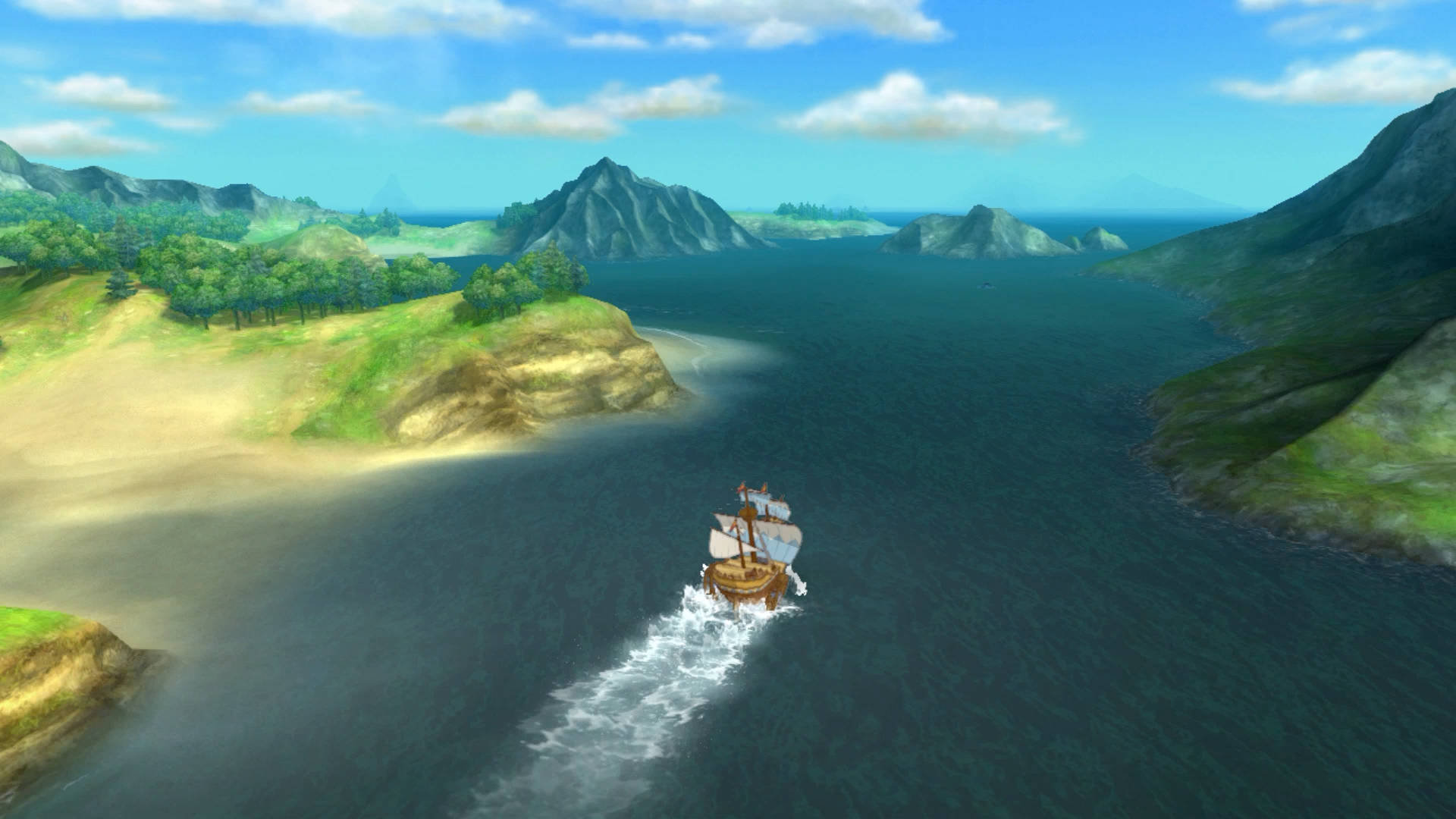
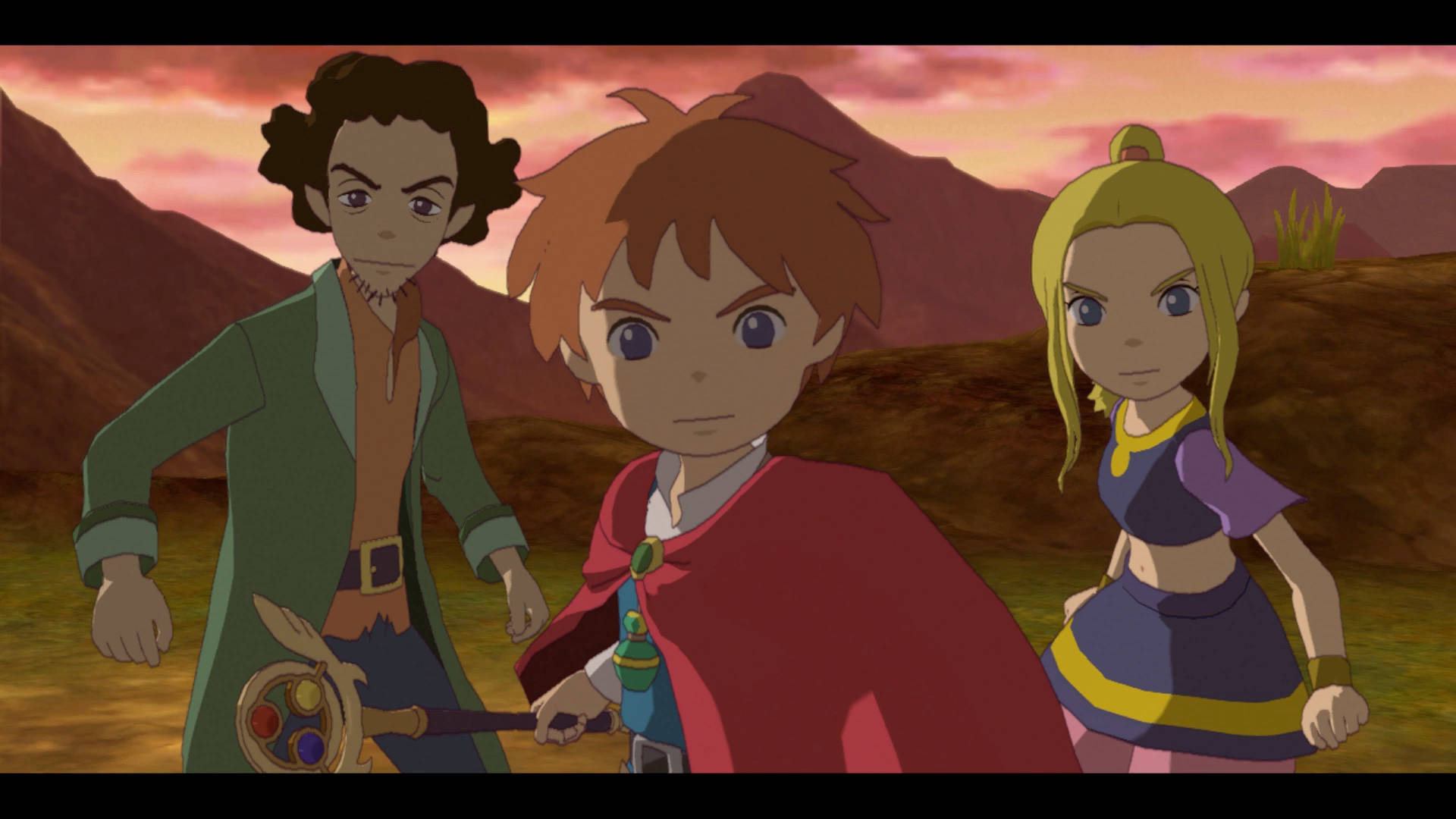
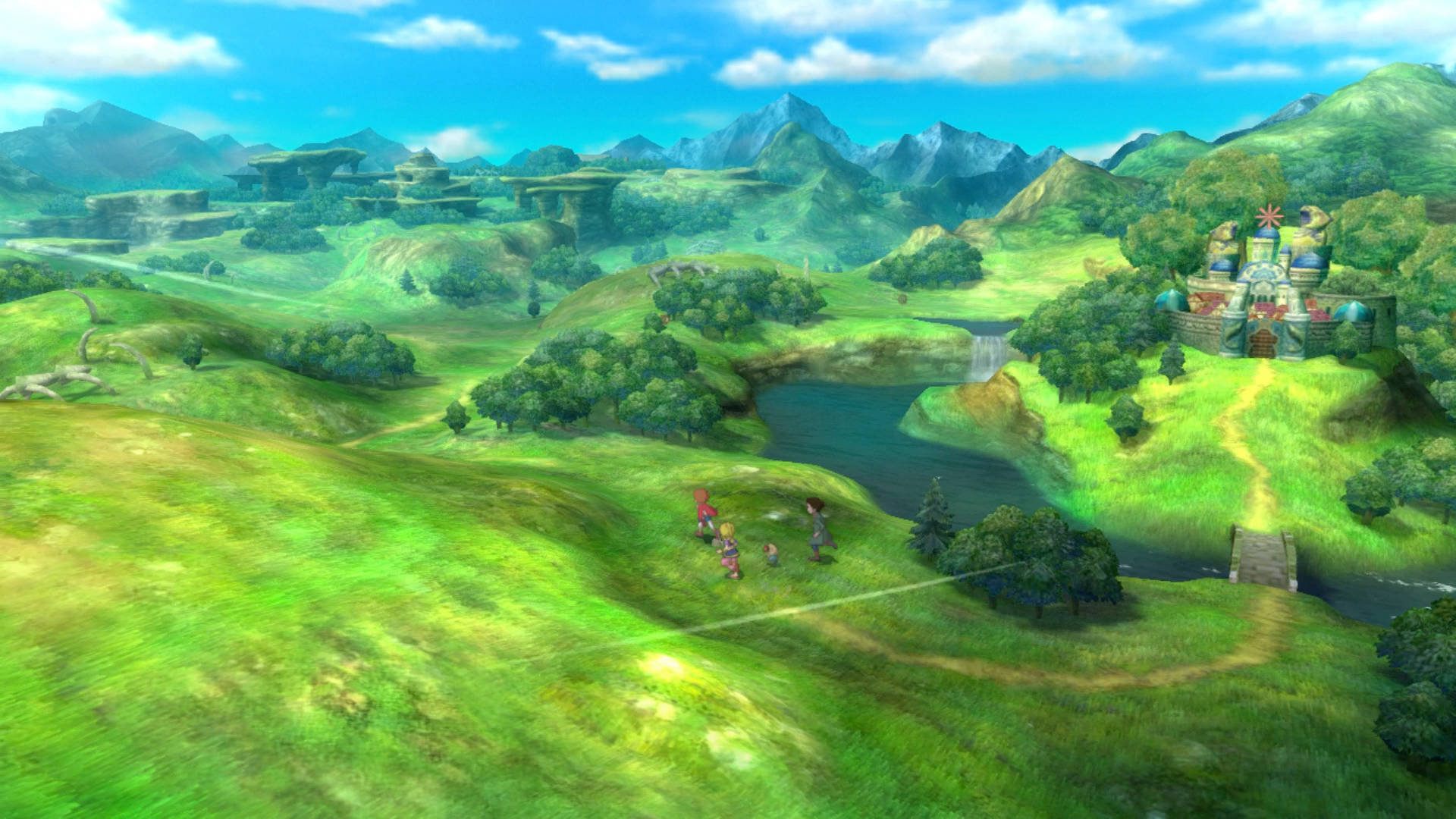
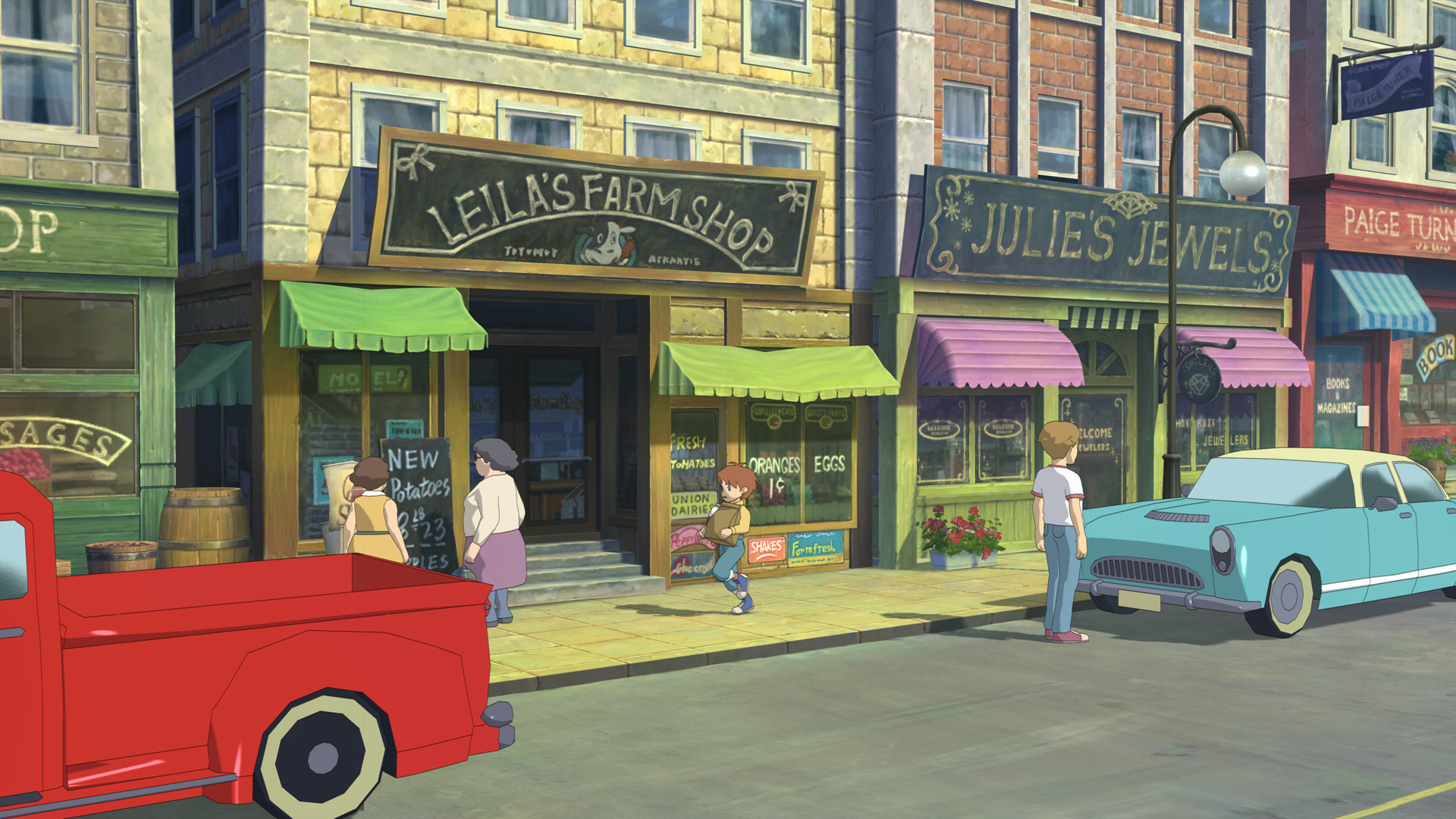
Thanks for taking the time to read our review. If you’d like to support us further, please consider buying us a coffee!







